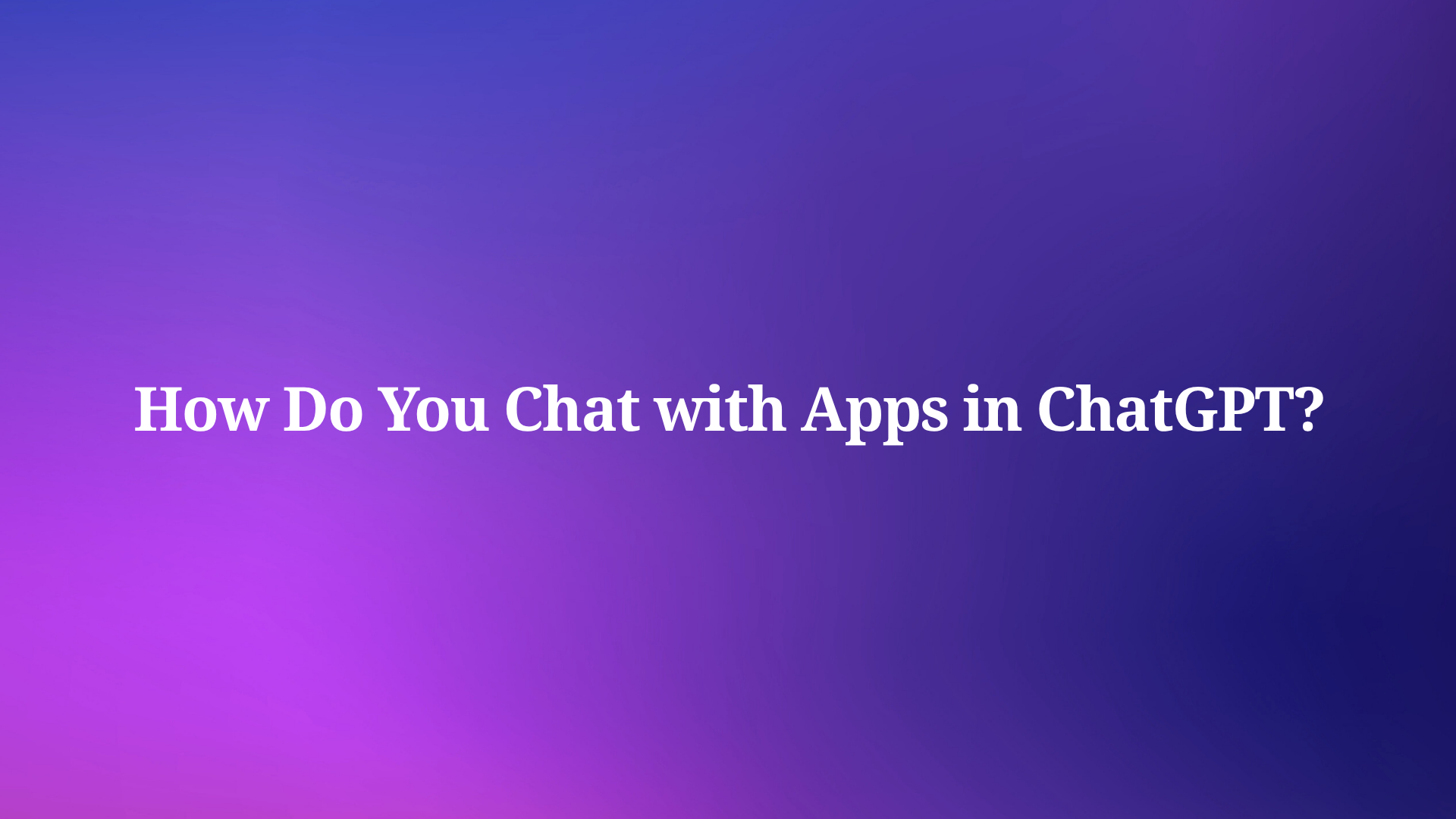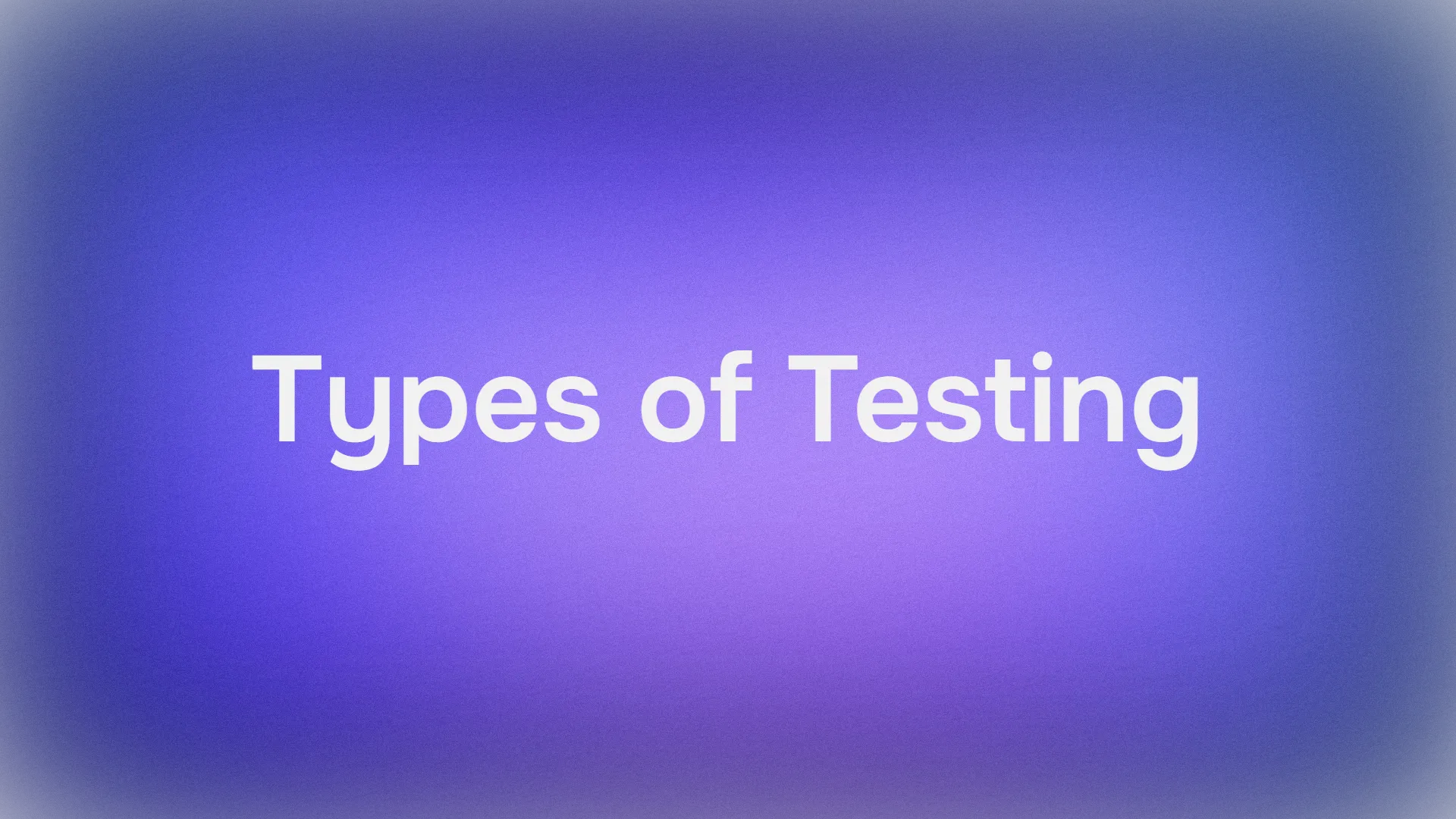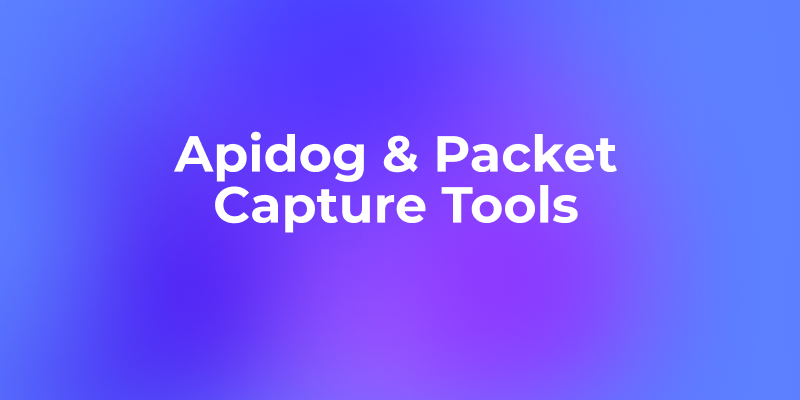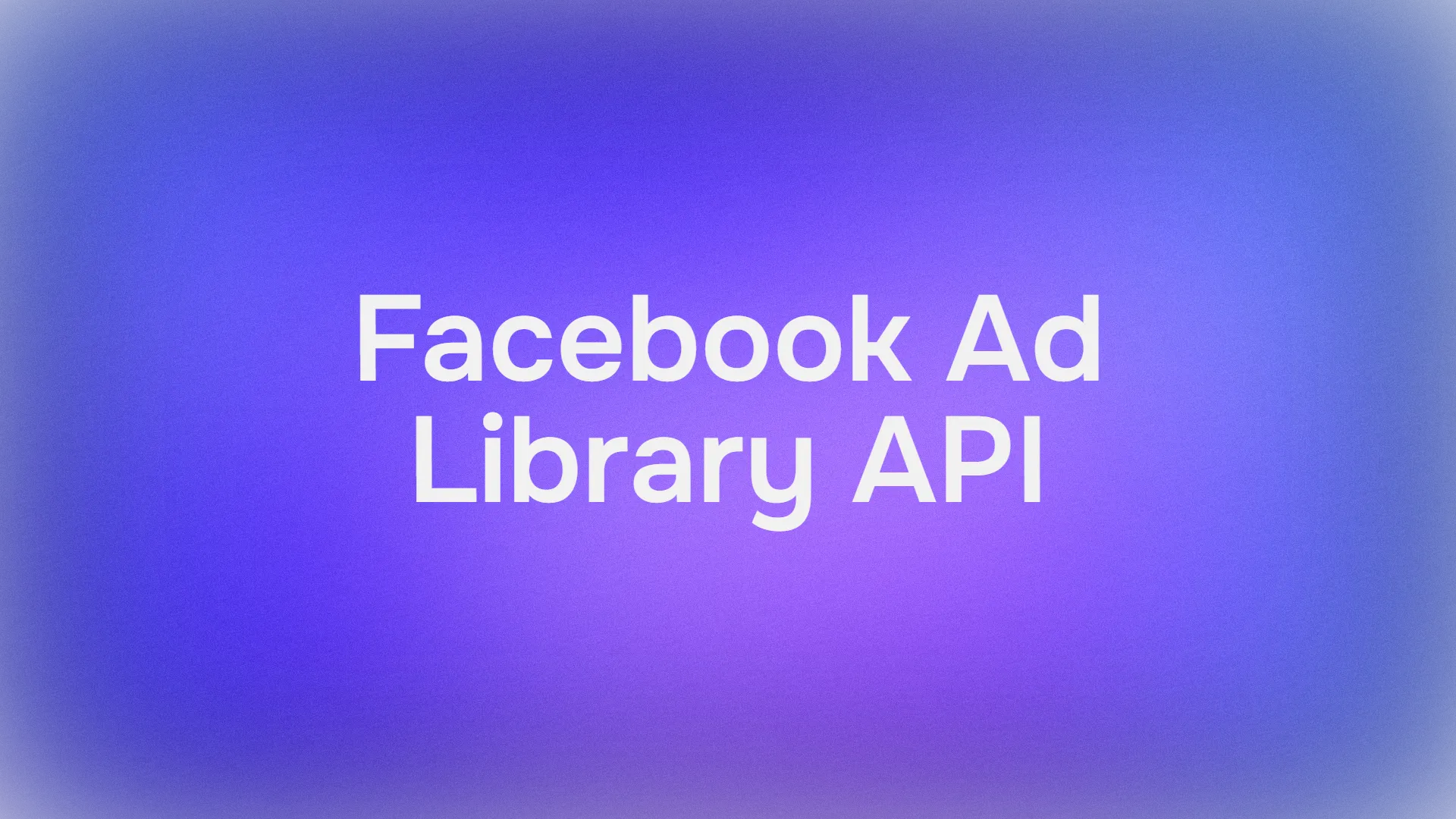OpenAI introduces a transformative feature that allows users to chat with apps in ChatGPT, blending natural language processing with interactive application interfaces. This integration enables seamless task execution within conversations, from planning trips to generating designs. Developers leverage the Apps SDK to create these experiences, extending the Model Context Protocol (MCP) for robust backend connections. As you navigate this capability, consider tools that enhance your development process.
Understanding the Core of Apps in ChatGPT
OpenAI launches apps in ChatGPT as interactive extensions that embed directly into user conversations. These apps represent a new paradigm where conversational AI meets traditional application functionality. You interact with them using natural language, and they respond with dynamic interfaces such as maps, playlists, or slide decks. For example, the system processes your query and surfaces relevant app elements without requiring you to switch contexts.

Transitioning to the technical foundation, apps build on the Model Context Protocol (MCP), an open standard that facilitates connections between ChatGPT and external data sources. This protocol ensures that apps access backend systems securely, incorporating user authentication and data retrieval. Consequently, when you invoke an app, ChatGPT adapts to the ongoing dialogue, pulling in contextual details to personalize responses. This approach minimizes friction, as the AI handles orchestration between your input and the app's output.
Furthermore, apps prioritize safety and privacy. Developers must adhere to OpenAI's usage policies, ensuring all interactions remain suitable for general audiences. You receive prompts on first use, detailing data sharing—such as account information or preferences—with the app provider. This transparency builds trust, and upcoming features will offer granular controls over specific data categories.
Preparing Your Environment to Chat with Apps in ChatGPT
You begin by ensuring access to ChatGPT. Log in via the web interface or mobile app, confirming your plan supports apps— all tiers except those in restricted regions qualify. Next, verify your location and language settings, as initial rollout focuses on non-EU markets with English support.
Transitioning to setup, you connect accounts for personalized experiences. For instance, link your Spotify account to access existing playlists. The system prompts this during first invocation, explaining data implications. Accept only after reviewing, as this enables features like premium content access.

Additionally, familiarize yourself with invocation methods. You prefix queries with the app name, such as "Spotify, create a workout playlist." Alternatively, ChatGPT suggests apps based on context—if you discuss travel, it recommends Expedia.
From a technical standpoint, ensure stable internet connectivity, as apps rely on real-time backend calls. Monitor usage quotas if on a free plan, though apps integrate without additional limits beyond standard ChatGPT constraints.
Finally, test basic interactions. Start a new chat and experiment with available apps. This preparation positions you to leverage apps in ChatGPT effectively, enhancing productivity through integrated AI.
Step-by-Step Guide: Invoking and Interacting with Apps in ChatGPT
You initiate interaction by opening ChatGPT and starting a conversation. Type your query prefixed with the app name for direct invocation. For example, enter "Booking.com, find hotels in Paris for November 21-24 with parking." The system recognizes the prefix and activates the app.

Next, handle the connection prompt if it's your first time. ChatGPT displays a dialog outlining shared data, such as search preferences. Confirm to proceed, establishing the link.
Once connected, engage with the interface. The app embeds elements like searchable lists or maps. Scroll through results, click details, or refine via follow-up messages, such as "Show cheaper options."
Moreover, combine with ChatGPT's core AI. Ask it to analyze app outputs, like "Explain why this hotel suits my needs." This synergy amplifies utility.
Continue iterating. Apps adapt to new inputs, updating interfaces dynamically. For Spotify, request "Add upbeat tracks," and it modifies the playlist in real-time.
Conclude sessions by saving outputs or exporting data, ensuring seamless transitions to external apps if needed. This method streamlines how you chat with apps in ChatGPT.
Technical Deep Dive: How Apps in ChatGPT Process Natural Language Inputs
Apps in ChatGPT employ advanced natural language understanding to parse user queries. The AI tokenizer breaks down text into tokens, feeding them into models like GPT-4o for intent detection. When an app prefix matches, the system routes the query to the corresponding backend via MCP.

Subsequently, the app's logic layer processes the input. Developers define this in the Apps SDK, specifying API endpoints for data retrieval. For Zillow, this involves querying real estate databases for map-based listings.
Interactive elements render using web technologies embedded in the chat. JavaScript components handle user actions, like zooming on maps, while maintaining state across messages.
Privacy mechanisms intercept data flows. Tokens mask sensitive information, and user consents gate access. Developers implement minimal data collection, aligning with guidelines.
Performance optimization occurs through caching contextual data, reducing latency in follow-ups. This ensures responsive interactions, even for complex tasks.
Overall, this architecture enables robust, scalable app experiences within ChatGPT.
Exploring Specific Apps: Booking.com Integration in ChatGPT
You access Booking.com by prefixing queries, such as "Booking.com, search for Paris hotels." The app queries its database, returning results with images and filters.

Filter results interactively. Specify amenities like Wi-Fi, and the interface updates accordingly. Prices display in your currency, with availability checks.
Book directly if linked—though full transactions may redirect. ChatGPT assists by summarizing options or comparing them.
Technically, the app uses RESTful APIs for searches, with MCP handling authentication. Developers at Booking.com customize the UI for chat embedding.
This integration exemplifies how apps in ChatGPT handle e-commerce tasks efficiently.
Mastering Spotify: Building Playlists Through Chat in ChatGPT
Invoke Spotify with "Spotify, make a party playlist." It generates suggestions based on genres or moods, embedding a playable list.

Refine by adding artists or removing tracks. The interface supports previews, leveraging your account for personalized recommendations.
From a development view, the SDK defines playlist endpoints, ensuring seamless MCP integration.
Privacy focuses on not sharing unnecessary data beyond query context.
This app showcases media manipulation in conversational AI.
Leveraging Canva for Design Tasks Within ChatGPT
You start with "Canva, turn this outline into a presentation." Provide text, and it generates slides embeddable in chat.

Edit elements like colors or layouts via natural language. Export finalized designs.
The backend connects to Canva's API, using MCP for context passing.
This tool aids creative workflows, demonstrating apps' versatility.
Educational Enhancements with Coursera in ChatGPT
Query "Coursera, teach me machine learning." It surfaces courses with video embeds.

Watch segments, then ask ChatGPT for explanations.
Integration pulls course data via APIs, enriching learning.
Real Estate Searches Using Zillow in ChatGPT
Say "Zillow, show homes in Seattle under $500k." An interactive map appears with listings.

Filter by features, view details.
MCP enables geo-data handling securely.
Travel Planning with Expedia and Figma Diagramming
Expedia handles flights and hotels similarly.

Figma creates diagrams from descriptions.

These expand apps' scope.
Developer Perspective: Building Apps with the Apps SDK
You access the SDK preview at developers.openai.com/apps-sdk. Study MCP documentation for basics.
Define app logic in code, specifying interfaces and backends.
Test in Developer Mode, iterating on interactions.
Incorporate privacy by minimizing data and providing policies.
Submit for review later this year.
Monetization via Agentic Commerce Protocol follows.
Tools like Apidog assist in API design—download free to mock endpoints during development.
Best Practices for Privacy and Security When Using Apps
Review prompts carefully before connecting. Limit shared data.
Monitor app behaviors, report issues to OpenAI.
Developers ensure compliance, but users verify privacy policies.
Future controls enhance this.
Troubleshooting Common Issues with Apps in ChatGPT
If apps fail to load, check connectivity. Reauthorize if prompts recur.
Update ChatGPT for fixes.
Contact support for persistent problems.
Integrating Apidog for Enhanced API Development in Apps
Apidog streamlines API workflows for app builders. Use it to design schemas, test endpoints, and generate docs.
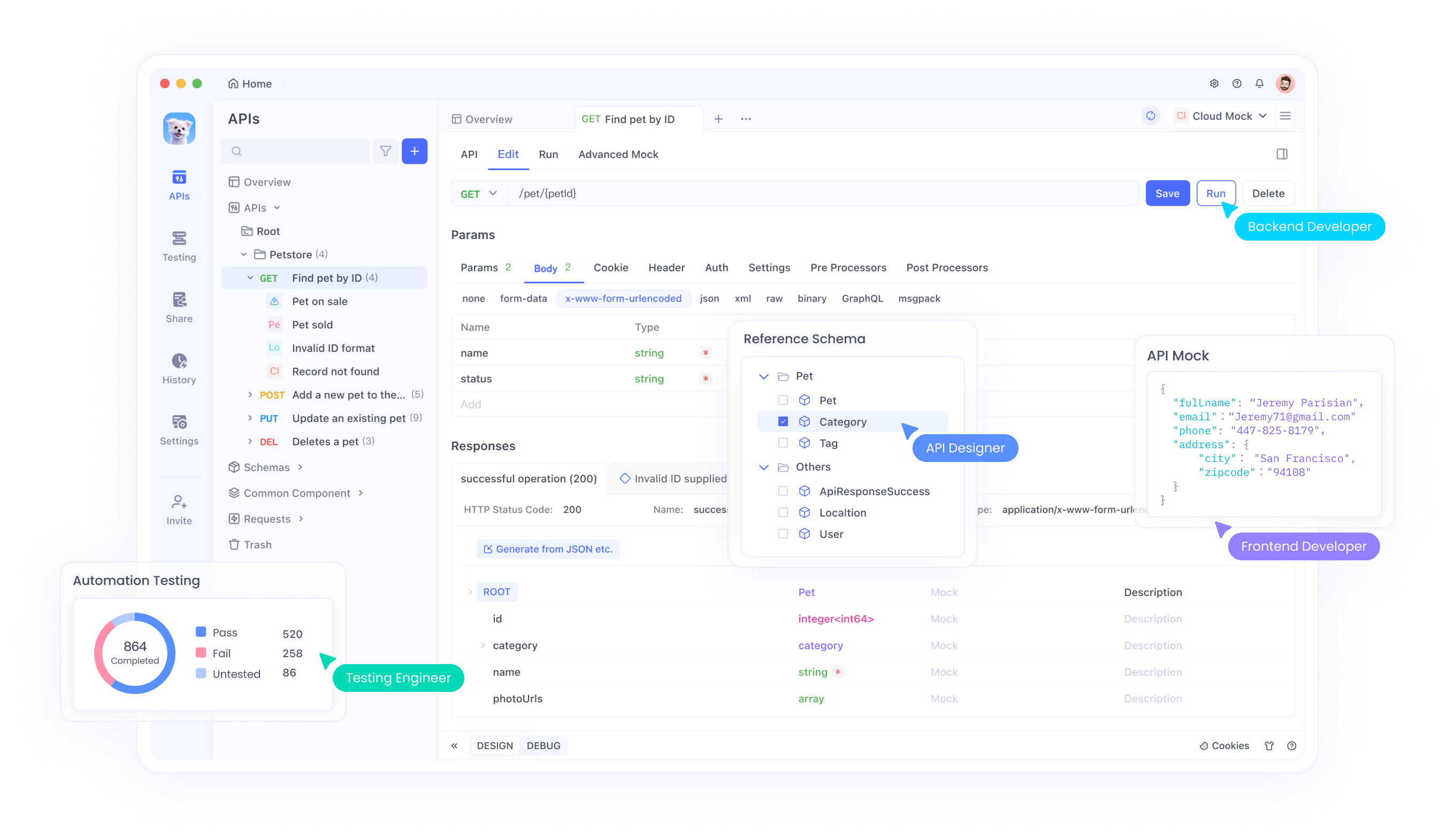
For MCP integrations, mock responses to simulate backends.
This accelerates prototyping.
Download Apidog free to boost your projects.
Optimizing Performance: Tips for Efficient Interactions
Use precise queries.
Combine apps in chats.
Monitor context length.
Scaling Apps for Enterprise Use
Business plans gain access soon.
Custom apps possible.
Conclusion: Embracing the Future of Conversational Apps
You now possess the knowledge to chat with apps in ChatGPT effectively. This feature redefines AI utility, and with tools like Apidog, developers thrive. Explore, build, and innovate.
